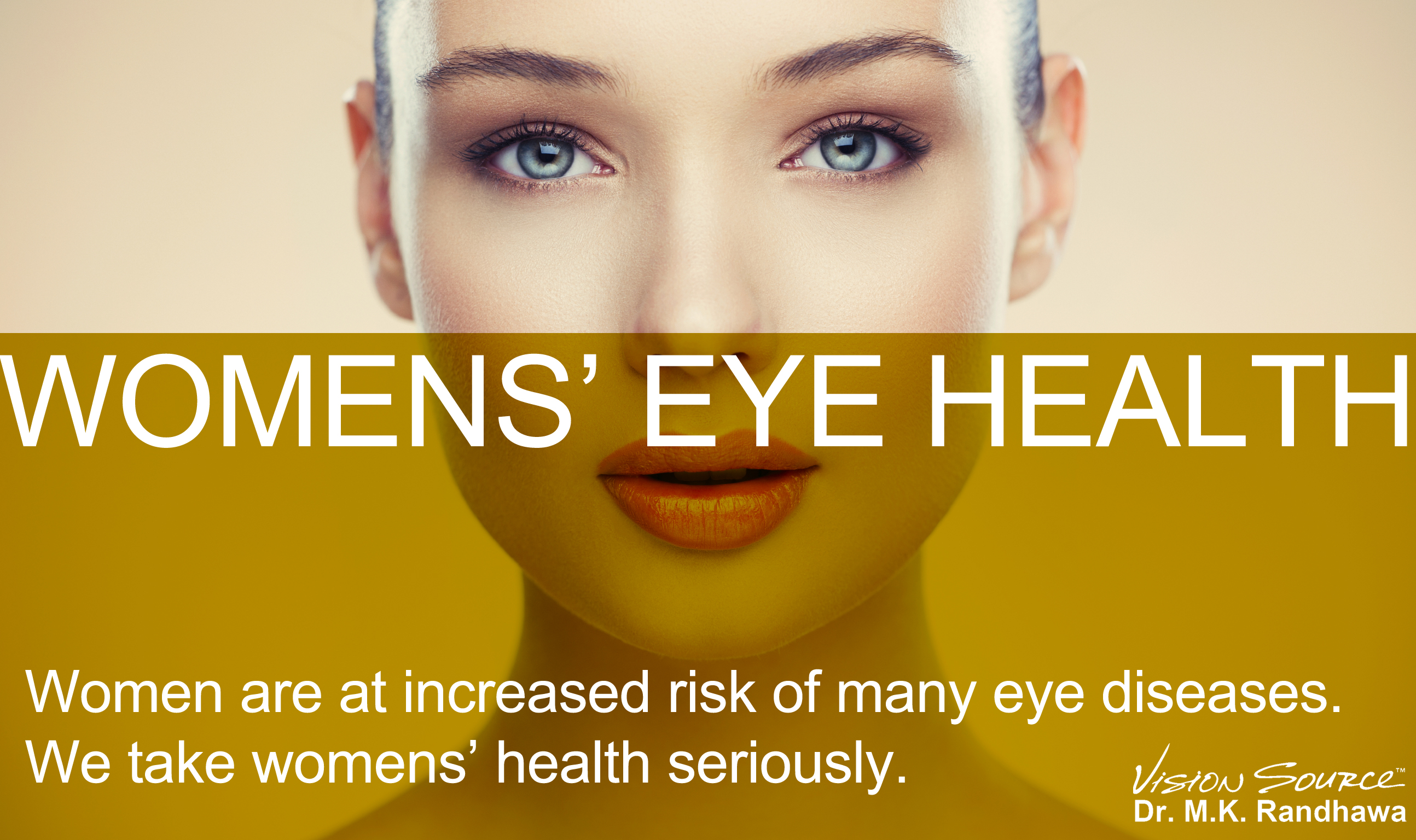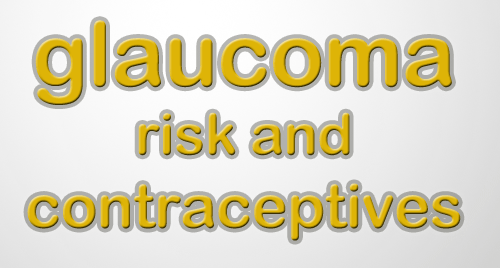Women's vision and eye health

When choosing an optometrist, it is important to choose a doctor who takes women's health seriously. Women are more susceptible than men to vision problems and diseases because they live longer, making age-related vision diseases a concern. Women also have more hormonal factors that can impact vision and eye health.
Women are at increased risk of many eye diseases
More women than men receive diagnoses of eye diseases or conditions such as cataracts, dry eye, Fuchs’ dystrophy, glaucoma, macular degeneration, diabetic retinopathy, and Sjögren’s syndrome. A study from Prevent Blindness America and the National Eye Institute titled “Vision Problems in the U.S.” found that of the more than 3.6 million Americans aged at least 40 years who suffer from visual impairment, including blindness, 2.3 million are women - a stunning 64%.
It is important for both men and women to take the necessary steps today to keep their eyes healthy in the future as they age. However, women must be more vigilant because they have a greater risk of vision loss than men, and they face different risks than men.
Here are some tips that Prevent Blindness America (which the optometrists at Vision Source Vancouver completely agree with) has published that will women to keep their eyes healthy:
Get an eye exam
An annual eye exam is an easy routine and can make a big difference in your eye and overall health.
Know your family history
Genetics plays a key role in eye disease. Recommend that your patients research their families’ health histories and notify you of any eye diseases that run in their families.
Eat healthy
A diet rich in beta carotene, lutein, zeaxanthin, zinc, and omega-3 fatty acids also can help guard against vision loss from eye disease. For more information on nutrition visit EyeNutrition.ca.
Take supplements
Antioxidants have been shown to reduce the progression of some eye illnesses, including age-related macular degeneration. Vitamin A, riboflavin (vitamin B2), vitamin C, and zinc are good sources to help maintain eye health. For more information on nutrition visit EyeNutrition.ca.
Quit smoking
Smoking, even second-hand smoke, increases the risk of eye disease.
Wear ultraviolet (UV) ray eye protection
When venturing outdoors, PBA recommends wearing brimmed hats in conjunction with UV-rated sunglasses. This is where eyeglass wearers have an edge of those who get LASIK or those who have perfect vision. Almost all lenses on the market in North America have 100% UV protection. That means that an eyeglasses wearer is protected all the time, even if they are not wearing sunglasses.
We have done a number of blog posts on women's eye health issues lately. You can check them out at the following links:
Related articles
Women at Higher-Risk than Men for Sight-Threatening diseases
Apr 22, 2013
April is women's eye health and safety month
Apr 11, 2012
Women, already the worst sufferers of dry eye, make it worse with makeup
Apr 06, 2012
What about a women's eyes is the biggest turn off for for men?
Aug 29, 2011
The basic facts about dry eye syndrome
Depressed? Anxious? Maybe your eyes are too dry
Apr 20, 2012
Women, already the worst sufferers of dry eye, make it worse with makeup
Apr 06, 2012
68% of women say that over-the-counter eye drops don't work for dry eye syndrome
Apr 28, 2012
Menopausal women are at high risk of developing dry eye disease
Apr 27, 2012





